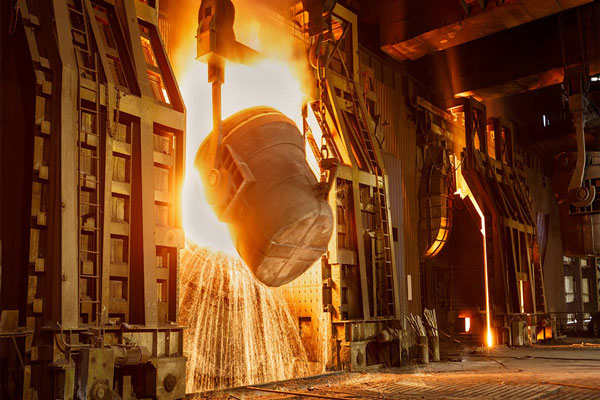
The History of Steel Industry in Iran
In 1927, the then government of Iran made many efforts to meet the needs of the country’s iron rails, so we can say that the beginning of steel production in the country began on this date. In other words, it can be said that the history of steel in Iran goes back to this date, but we will examine its time more precisely and professionally in the following.
At that period, the then government considered the budget of 5.5 million tomans for this project due to the urgency it had for the construction of the railway, the initial launch of this project was successful, but the financial problems that arose until 1949 became a reason for the project to be delayed.
In 1949, after the coup d’état on 19 August, a contract called consortium was signed between Germany and Iran, and after that, the steel project started to flourish again. According to the documents that are available since then, we can say that seriously, the history of factory steel in Iran has started from this year.
The German consortium made a plan so that the steel factory could produce 150 tons of steel per day. At that time, Germany transferred rolling machines to Iran to build new factories, and 1,200 people were employed in those years.
Problems that Slowed Down the Growth in Those Years
In 1941, during World War II, when Stalin’s front was defeated and Iran was occupied by the Allied forces, Germany left Iran, and after that the steel production project was postponed again.
At that time, the steel production factory was built in Karaj (which is now located in Zob Ahan Blvd., Karaj, and was established in 1950), but the critical conditions of the war turned everything that had been built into ruins and all the devices and equipment were taken over by the Allies.
After the end of the Second World War, the necessary funds were not available to restart the production of steel in the country, so the steel projects failed, but the factories presented plans to start the steel work, but the World Bank did not allocate any capital to the factories.
Still, the launch of the steel project in Iran was delayed until the then government of Iran formed a collaboration with Swedish experts in 1963 and started steel production by opening a factory with full equipment, and its initial productions were allocated for the needs of the army, railways and domestic automobile industry. Finally, Iran was able to make this dream come true.
Finally, in 1965, Iran’s main steel factory was established in Isfahan, and its initial budget and capital was provided by exporting natural gas to Russia. Aryamehr Steel Company in Isfahan took over the annual production of 550,000 tons of steel in Iran.
According to the evidence and statistics, steel production in Iran had the highest annual production ceiling until 2004, but sanctions and political issues were among the most issues that caused problems for steel production in Iran.
Steel Production in Iran After World War II
In 1960, for the first time, Iran started producing cast iron (in Ahvaz) to meet its needs in automobile manufacturing. Its main product was cast iron pipes to be able to increase steel production by more than 6 thousand tons per year.
Steel Production in Iran in the 2010s
Steel production in Iran reached the highest annual production limit of 12 million tons until 2004. But sanctions and political problems caused a sharp drop in steel production in Iran. Sanctions that were against Iran until the end of the 2000s led to the import of steel and carbon steel due to the high demand for them, until with the economic resistance of the country and the creation of new manufacturing companies, Iran not only met its main steel needs, but also managed to export steel in 2019.